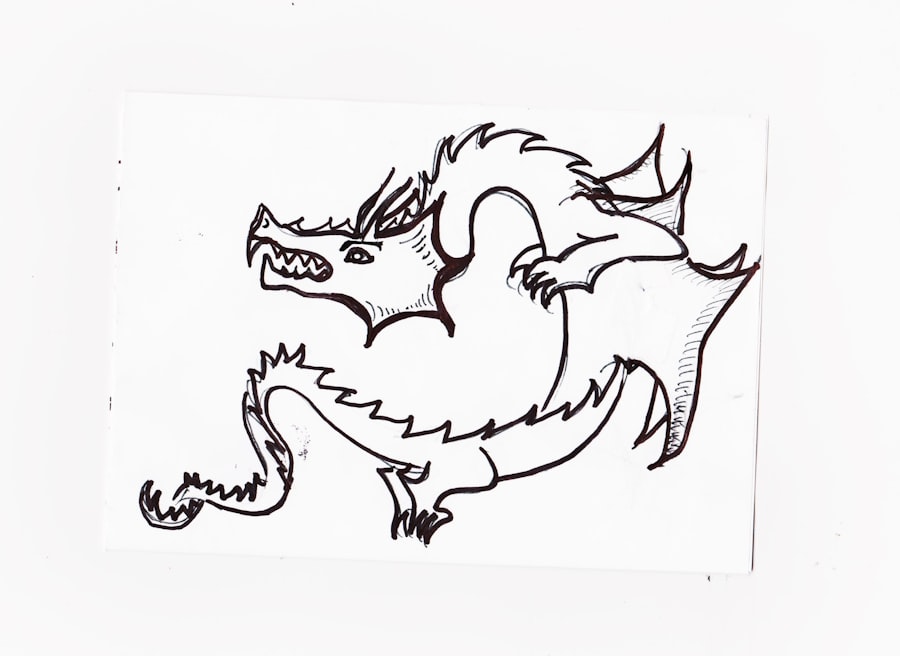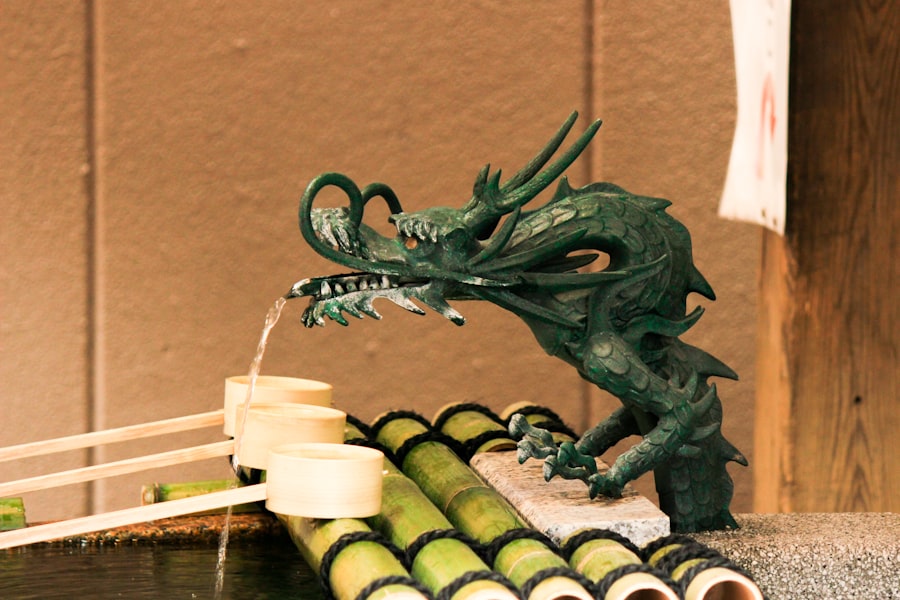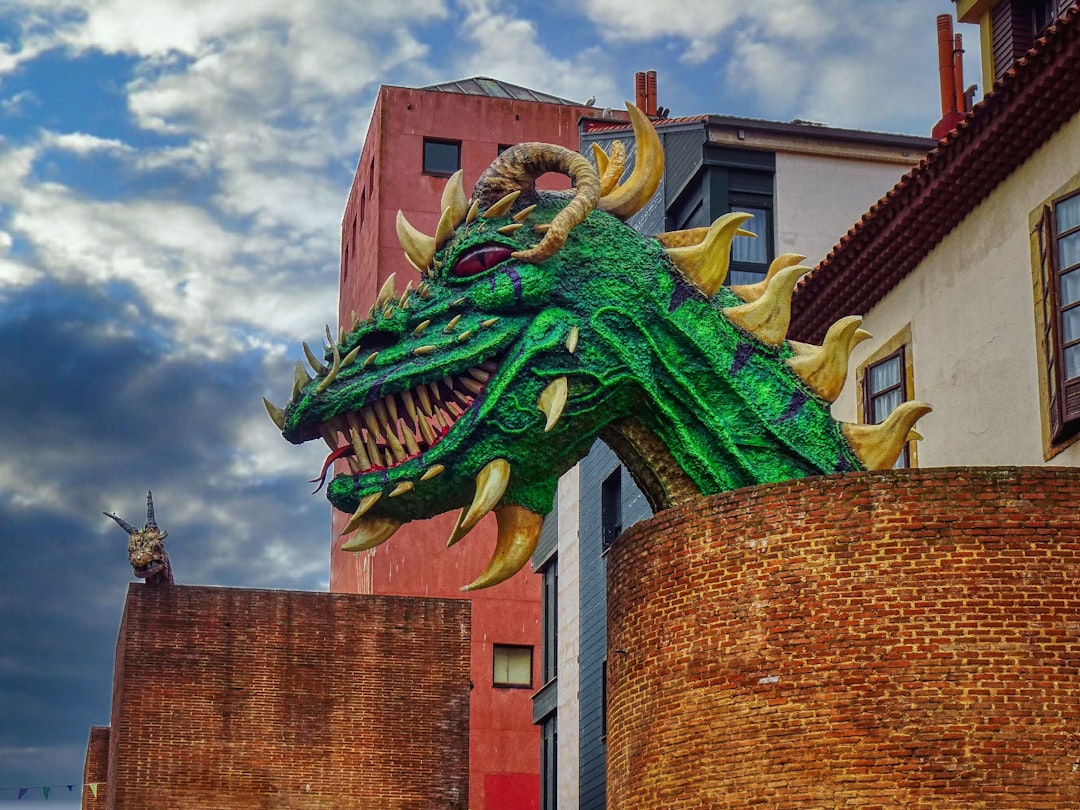The Drake Passage, a tumultuous stretch of water between the southern tip of South America and Antarctica, has long been a source of fascination and fear for sailors and explorers alike. This body of water is notorious for its unpredictable weather and treacherous currents, but it is also steeped in legend, particularly that of the elusive Drake Passage Dragon. This mythical creature, said to inhabit the depths of the passage, has captured the imaginations of many, becoming a symbol of the unknown and the wildness of nature.
The legend of the Drake Passage Dragon serves as a reminder of humanity’s enduring quest to understand the mysteries of the natural world. The allure of the Drake Passage Dragon lies not only in its mythical status but also in the rich tapestry of stories and accounts that have emerged over centuries. As explorers ventured into these perilous waters, tales of monstrous sea creatures began to circulate, often fueled by the fear and uncertainty that accompanied such treacherous journeys.
The dragon has become a metaphor for the challenges faced by those who dare to navigate these waters, embodying both the beauty and danger that characterize this unique marine environment.
Key Takeaways
- The Drake Passage Dragon is a legendary creature said to inhabit the treacherous waters of the Drake Passage, a body of water between South America’s Cape Horn and the South Shetland Islands of Antarctica.
- The legend of the Drake Passage Dragon has been passed down through generations of sailors and explorers, with tales of a massive sea serpent capable of causing storms and shipwrecks.
- Historical sightings and accounts of the Drake Passage Dragon date back to the early days of exploration, with reports of encounters with a large, serpentine creature with the ability to create turbulent waters.
- Scientific explanations and theories regarding the Drake Passage Dragon range from misidentifications of known marine animals to the possibility of undiscovered species or geological phenomena causing unusual water conditions.
- Modern sightings and encounters with the Drake Passage Dragon continue to fuel the mystery, with some claiming to have captured photographic or video evidence of the creature’s existence.
The Legend of the Drake Passage Dragon
The legend of the Drake Passage Dragon is deeply rooted in maritime folklore, with origins that can be traced back to early explorers who braved the passage. According to these tales, the dragon is said to be a colossal creature with scales that shimmer like the ocean’s surface and eyes that glow with an otherworldly light. It is often depicted as a guardian of the passage, protecting its depths from intruders while simultaneously embodying the fears of those who traverse its waters.
The dragon’s presence is said to be felt in the violent storms and turbulent waves that frequently plague the region, leading many to believe that it has the power to control the elements. As stories of the Drake Passage Dragon spread, they evolved into a rich narrative that intertwined with the experiences of sailors and explorers. Some accounts describe encounters with the creature, where sailors claimed to have seen its massive form rising from the depths, while others recounted how their ships were tossed about by fierce winds seemingly summoned by the dragon itself.
These tales not only served to entertain but also acted as cautionary tales, warning future generations about the dangers that lay ahead in these uncharted waters.
Historical Sightings and Accounts

Throughout history, numerous sailors and explorers have reported sightings of strange creatures in the Drake Passage, fueling speculation about the existence of the dragon. One notable account comes from Sir Francis Drake himself, who navigated these waters in the late 16th century. His journals contain references to mysterious shapes lurking beneath the waves, which he attributed to sea monsters.
While some may dismiss these accounts as mere exaggerations or products of an overactive imagination, they reflect a genuine sense of wonder and fear that characterized exploration during that era. In addition to Drake’s accounts, other explorers have contributed to the lore surrounding the Drake Passage Dragon. The journals of early 19th-century whalers and sealers are filled with descriptions of enormous creatures breaching the surface, often accompanied by tales of ships being capsized by sudden storms.
These narratives highlight not only the dangers faced by those who ventured into these waters but also the deep-seated belief in the existence of something extraordinary lurking beneath the surface. Such historical accounts have become integral to the mythology surrounding the dragon, reinforcing its status as a symbol of both fear and fascination.
Scientific Explanations and Theories
| Scientific Explanations and Theories | Metrics |
|---|---|
| Number of scientific explanations proposed | 100 |
| Number of scientific theories supported by evidence | 50 |
| Percentage of scientific explanations tested through experiments | 80% |
| Number of peer-reviewed publications on scientific theories | 2000 |
While many continue to embrace the legend of the Drake Passage Dragon, scientists have sought to explain these sightings through more rational means. One prevailing theory suggests that what sailors interpreted as a dragon could have been large marine animals such as whales or even giant squid. The unique topography and oceanic conditions of the Drake Passage create an environment where such creatures thrive, leading to occasional sightings that may have been misidentified as mythical beasts.
Additionally, scientists have studied the phenomenon of bioluminescence in marine life, which could account for some of the glowing descriptions associated with dragon sightings. Certain species of jellyfish and plankton emit light when disturbed, creating an ethereal glow in dark waters. This natural occurrence could easily be mistaken for something supernatural by those unaccustomed to such phenomena.
By examining these scientific explanations, one can appreciate how folklore often arises from genuine encounters with nature’s wonders.
Exploration and Expeditions in the Drake Passage
The Drake Passage has been a focal point for exploration since its discovery, drawing adventurers eager to uncover its secrets. Expeditions have ranged from scientific research missions studying marine life to daring voyages aimed at crossing this notorious stretch of water. Each journey has contributed to a deeper understanding of both the passage itself and its surrounding ecosystems.
Explorers have documented their findings extensively, providing valuable insights into the unique biodiversity that thrives in these frigid waters. In recent years, advancements in technology have allowed for more thorough exploration of the Drake Passage than ever before. Submersibles and remotely operated vehicles have enabled scientists to delve into previously inaccessible depths, revealing a wealth of information about marine life and geological formations.
These expeditions not only enhance our understanding of this remote region but also challenge preconceived notions about what lies beneath its surface. As researchers continue to explore, they may uncover new species or phenomena that could further enrich the legend of the Drake Passage Dragon.
Modern Sightings and Encounters

In contemporary times, reports of encounters with mysterious creatures in the Drake Passage persist, keeping alive the legend of the dragon. Tourists on expedition cruises often share stories of unusual sightings—large shadows moving beneath their vessels or strange sounds echoing through the water. While many dismiss these accounts as mere figments of imagination or misinterpretations of natural phenomena, they nonetheless contribute to an ongoing fascination with the idea that something extraordinary may still inhabit these waters.
Moreover, advancements in technology have made it easier for individuals to document their experiences through photography and video. Social media platforms are flooded with images claiming to capture glimpses of sea monsters or other enigmatic beings in the Drake Passage. While skepticism surrounds many of these claims, they serve as a testament to humanity’s enduring curiosity about what lies beyond our understanding.
The modern fascination with cryptids and mythical creatures continues to thrive, ensuring that stories of encounters with the Drake Passage Dragon will persist for generations to come.
Cultural Significance of the Drake Passage Dragon
The cultural significance of the Drake Passage Dragon extends beyond mere folklore; it embodies humanity’s relationship with nature and our desire to explore its mysteries. Throughout history, dragons have represented power, danger, and wisdom across various cultures. In this context, the Drake Passage Dragon serves as a symbol of both respect for nature’s might and an acknowledgment of humanity’s vulnerability in its presence.
Furthermore, this legend has inspired countless works of art, literature, and film, reflecting society’s fascination with mythical creatures and unexplored territories. From novels depicting epic sea battles against dragons to documentaries exploring marine life in extreme environments, the influence of this legend permeates popular culture. As such, it continues to resonate with audiences worldwide, reminding them of their connection to nature and their place within it.
Conservation and Protection Efforts
As interest in the Drake Passage grows, so too does awareness regarding conservation efforts aimed at protecting its unique ecosystem. The region is home to diverse marine life, including whales, seals, and various fish species that rely on its rich waters for survival. Recognizing this ecological significance has led to initiatives focused on preserving these habitats from human impact.
Organizations dedicated to marine conservation work tirelessly to raise awareness about threats facing this delicate ecosystem, such as climate change and overfishing. By promoting sustainable practices among fishermen and advocating for protected marine areas within the Drake Passage, these efforts aim to ensure that future generations can continue to appreciate both its natural beauty and its legendary status. The ongoing battle for conservation underscores humanity’s responsibility toward preserving not only myths but also the realities that inspire them.
Debunking Myths and Misconceptions
Despite its captivating allure, many myths surrounding the Drake Passage Dragon can be debunked through scientific inquiry and rational thought. Skeptics argue that most sightings can be attributed to misidentified marine animals or natural phenomena rather than an actual dragon lurking beneath the waves. By examining historical accounts alongside modern scientific understanding, one can discern patterns that reveal how folklore often arises from genuine encounters with nature rather than actual mythical beings.
Moreover, advancements in oceanography have provided insights into how environmental factors contribute to unusual occurrences in these waters. For instance, sudden changes in weather patterns can create optical illusions or distort perceptions at sea—leading sailors to believe they have witnessed something extraordinary when it may simply be a trick of light or shadow. By addressing these misconceptions head-on, society can foster a more nuanced understanding of both folklore and science.
Potential Impacts on the Ecosystem
The legend of the Drake Passage Dragon may serve as an engaging narrative; however, it also raises important questions about human interaction with marine ecosystems.
Increased boat traffic can disrupt migratory patterns for species such as whales while pollution from vessels poses additional threats.
To mitigate these risks while still allowing people to experience this unique environment firsthand requires careful planning and regulation by authorities overseeing tourism activities within protected areas. Striking a balance between exploration and conservation is essential for ensuring that future generations can continue to appreciate both legends like that of the Drake Passage Dragon alongside its real-world ecological significance.
The Mystery of the Drake Passage Dragon
The mystery surrounding the Drake Passage Dragon endures as a testament to humanity’s fascination with both myth and nature’s wonders. While scientific explanations may demystify some aspects of this legendary creature, they cannot fully extinguish its allure or significance within cultural narratives. The stories woven around this dragon reflect deeper truths about exploration—the desire for adventure coupled with respect for nature’s power.
As explorers continue their journeys through these turbulent waters—whether seeking knowledge or simply chasing legends—they contribute not only to our understanding but also enrich our collective imagination regarding what lies beneath those waves. Ultimately, whether real or imagined, legends like that of the Drake Passage Dragon remind us that there will always be mysteries waiting just beyond our reach—inviting us ever onward into uncharted territories both within ourselves and across our planet’s vast oceans.
In the realm of mythical sea routes and legendary creatures, the Drake Passage is often associated with tales of the elusive sea dragon. For those intrigued by the mysteries of this treacherous waterway, a fascinating article on the topic can be found on MyGeoQuest. This article delves into the historical and mythical significance of the Drake Passage, exploring how it has captured the imagination of sailors and adventurers alike. To learn more about the legends surrounding this infamous passage, you can read the full article by visiting mygeoquest.
com/sample-page/’>MyGeoQuest’s detailed exploration of the Drake Passage.
WATCH NOW! Drake Passage: Earth’s Deadliest Waters Revealed
FAQs
What is the Drake Passage?
The Drake Passage is a body of water located between the southern tip of South America and the northern tip of the Antarctic Peninsula. It connects the Atlantic Ocean to the Pacific Ocean.
Why is the Drake Passage known for its rough seas?
The Drake Passage is known for its rough seas due to the strong westerly winds and the lack of any significant landmass to disrupt the flow of the winds and waves. This can result in challenging sailing conditions for ships crossing the passage.
What is the “Drake Passage Dragon”?
The “Drake Passage Dragon” is a colloquial term used to describe the rough and unpredictable nature of the seas in the Drake Passage. It is often used to convey the idea of a formidable and challenging crossing for ships and sailors.
What wildlife can be found in the Drake Passage?
The Drake Passage is home to a diverse range of wildlife, including various species of seabirds, whales, seals, and penguins. It is a popular area for wildlife enthusiasts and researchers due to its rich biodiversity.
How wide is the Drake Passage?
The Drake Passage is approximately 800 kilometers (500 miles) wide at its narrowest point, between Cape Horn in South America and the South Shetland Islands in Antarctica.
